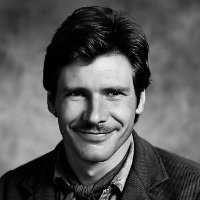Pool pump not starting
-
Recently Browsing 0 members
- No registered users viewing this page.
-
Topics
-
-
Popular Contributors
-
-
Latest posts...
-
21
Health Pattaya Introduces Health Charter to Transform City’s Image
Who are you calling an old wife!!!! -
118
Economy US Imposes 19% Tariff on Thailand in Major Trade Shift
Treating tariff's same as expats. Give me all your money, we are the center of the universe. Unfortunately Thailand is nothing special. -
112
Report Welshman Heads Home After Medical Emergency in Thailand
No travel insurance but the begging bowl of go fund me come to his rescue.Next go fund me allready in operation now in thailand -
1
Crime Royal Thai Police Open Applications for 7,550 New Positions
Can you count envelopes your hired -
0
BREAKING: Trump deploys nuclear subs towards Russia
Is it Article 25 time yet? Oh, wait, no, he's the great peacemaker. The other day he said he stopped 5 wars in the last 6 months. Meanwhile, I only know of 2 wars and they're both going strong. Never mind. Winning! Trump orders two nuclear submarines to be moved after 'highly provocative' comments from ex-Russian president: https://news.sky.com/story/trump-orders-two-nuclear-subs-to-be-positioned-in-appropriate-regions-after-ex-russian-presidents-comments-13405255 Trump redeploys nuclear submarines after ex-Russia leader’s menacing tweet: https://www.theguardian.com/us-news/2025/aug/01/trump-nuclear-submarines-russia-ukraine Trump moves nuclear submarines after Russian ex-president's comments: https://www.bbc.co.uk/news/articles/c93dgr2dd53o.amp -
-
-
Popular in The Pub









.thumb.jpg.b54783ad387f65d779e04f535fcfeee9.jpg)

Recommended Posts
Create an account or sign in to comment
You need to be a member in order to leave a comment
Create an account
Sign up for a new account in our community. It's easy!
Register a new accountSign in
Already have an account? Sign in here.
Sign In Now